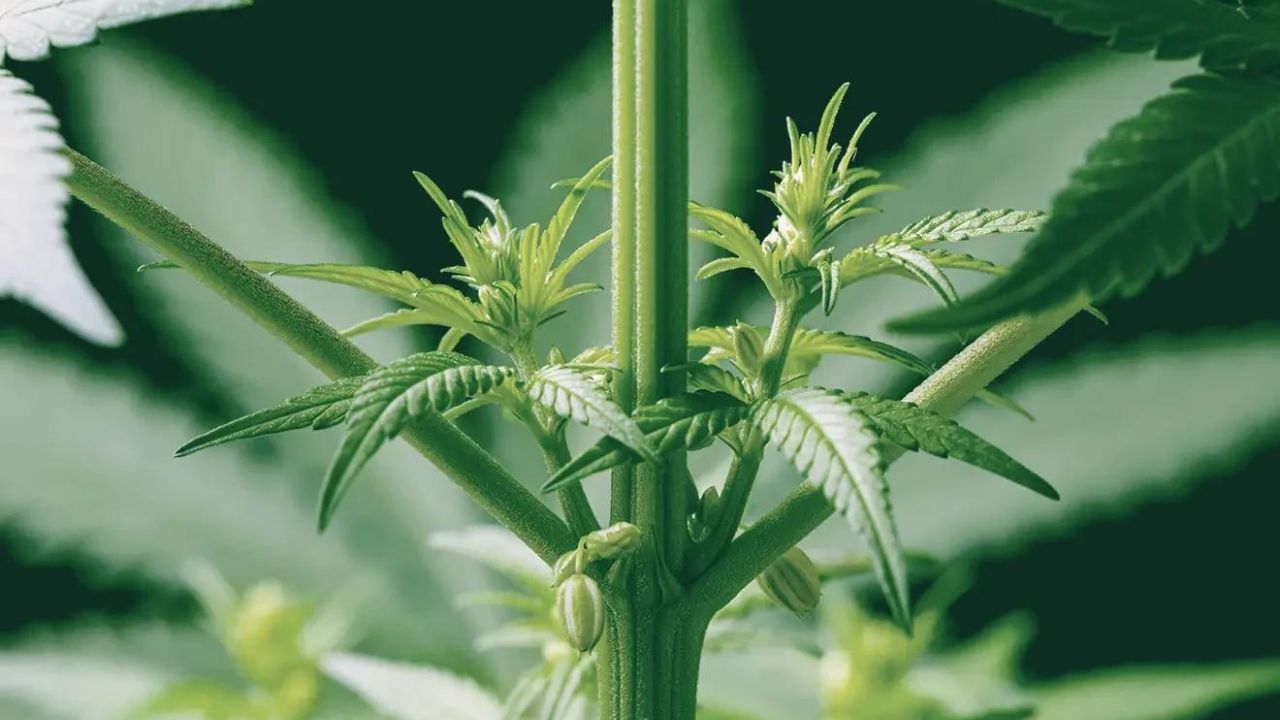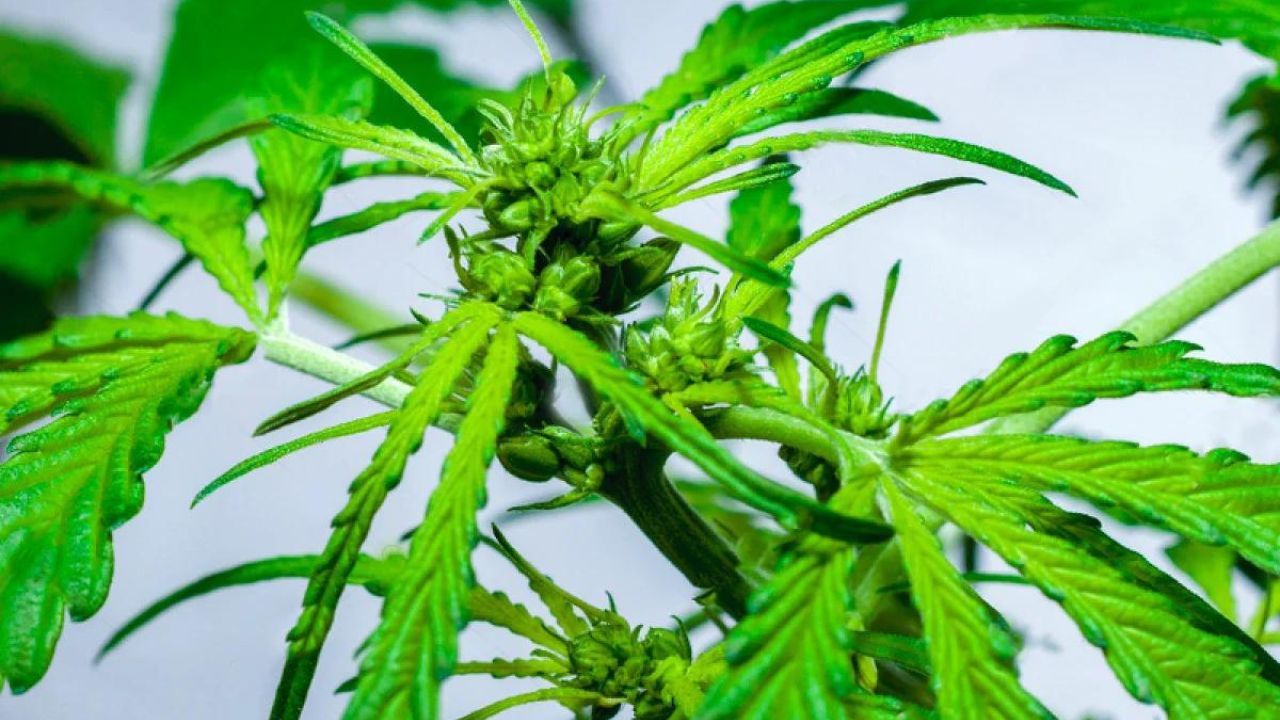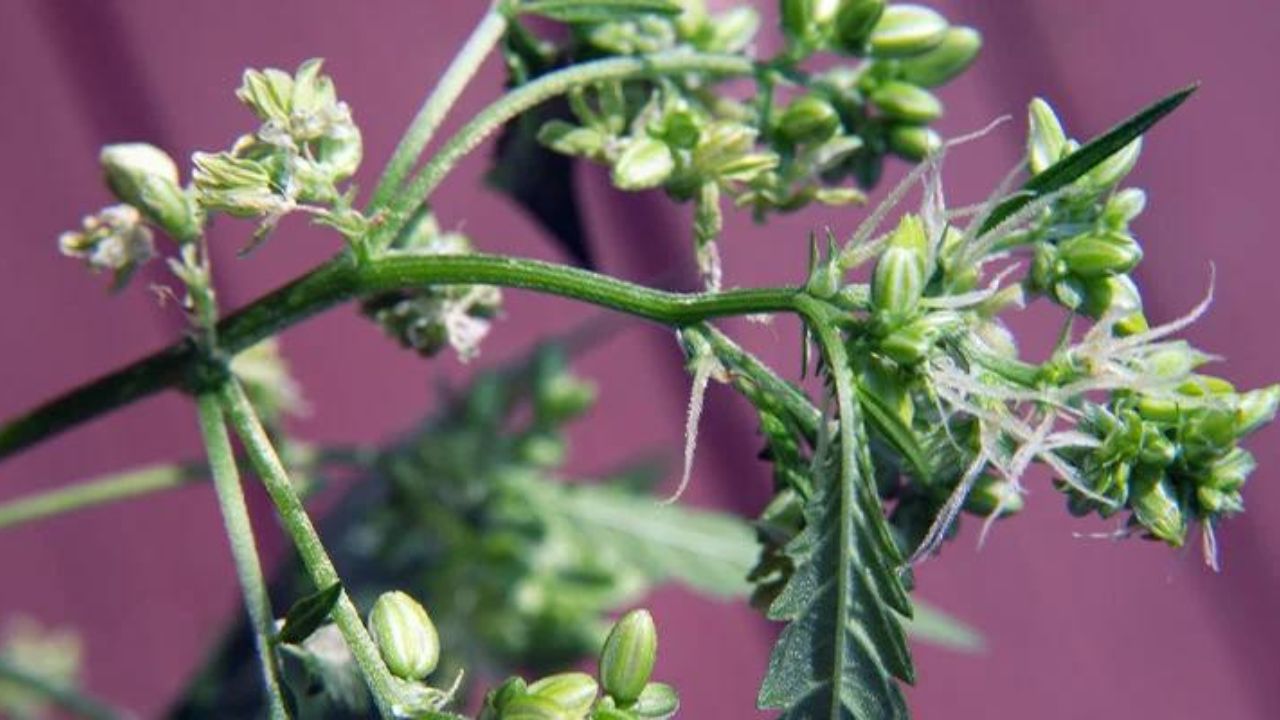If you are an avid cannabis grower, you are well aware of the importance of keeping an eye on your plants. Cannabis plants need a lot of care, and it’s important to identify any possible problems as soon as possible to keep them from getting worse. One such issue is hermaphroditism, commonly known as a hermie plant.
A hermie plant is a cannabis plant that turns out both male and female flowers, leading to self-pollination and lower-quality buds. While a hermie plant is not the end of the world, it can still seriously impact your harvest. Therefore, pictures of hermie plants vital to identify the early signs of hermie plants and take appropriate measures to prevent them.
In this article, we’ll discuss everything you need to know about the early signs of hermie plants, how to spot them, and how to prevent them from taking over your growing space.
Understanding Hermaphroditism in Cannabis
A hermaphroditic cannabis plant develops both male and female flowers. This phenomenon is also known as intersexuality because the plant shows characteristics of both sexes. A cannabis plant may turn out to be a hermit for two reasons:
Genetics: Sometimes, hermaphroditism can be a genetic trait, and some strains are more prone to it than others. If you grow these strains, you need to be extra mindful of your plants. Stress: Sometimes, a cannabis plant may exhibit hermaphroditism in response to environmental stress. Factors such as extreme temperature fluctuations, inadequate irrigation, and light leaks can cause a plant to become a monotub tek shroomery hermie.
Identifying Early Signs of Hermie Plants
The earlier you can identify a hermie plant, the easier it will be to manage it. Here are a few signs that indicate your cannabis plant might be beginning to can you save a hermie plant develop hermaphroditism:
Male or hermaphrodite flowers: Look out for banana-shaped calyxes or pollen sacs that start to appear on a female hermie buds plant.
Nanners: Tiny buds developing on your plant’s stem are indicative of pollination.
Continued growth: Female plants that don’t fully flower but continue to grow leaves, buds, and calyxes, especially when grown from feminized seeds.
Preventing Hermie Plants
Hermie plants can cause severe damage to your crops, and unfortunately, once the plant has turned out male flowers, there is no way to reverse the process. Therefore, prevention is essential. Here are a few measures to prevent your cannabis plants from turning hermie:
Choose genetics carefully: If you’re growing from seeds, research strains and choose genetics that are less prone to hermaphroditism.Monitor your grow space: Ensure optimal growing conditions by maintaining appropriate temperature, humidity, irrigation, and light cycles.
Inspect your plants regularly: Check for any signs of hermaphroditism regularly and remove any male or hermie flowers immediately.Keep an eye on light leaks: A significant reason for stress-based hermaphroditism is light leaks. Ensure your grow space is entirely light-sealed to avoid any light penetration during the dark cycle.
Management of Hermie Plants
Even with the utmost care, your cannabis plant can still turn out to be a hermie plant. In this case, it’s essential to manage the plant carefully and avoid pollination of female flowers. Here are a few things to keep in mind:
Separate plants: Isolate hermie plants as soon as possible to prevent pollination of other plants.Remove male flowers: Remove any male or hermaphrodite flowers from the plant immediately as soon as you spot them.
Hand pollination: If necessary, you can separate the male flowers and pollinate the female flowers manually.
The Hermaphroditic Cannabis Plant
As the term suggests, hermaphroditic cannabis plants have both male and female reproductive organs. This means that they can pollinate themselves and nearby female plants, which affects the quality and quantity of your buds. Hermie cannabis plants can develop due to genetics, environmental factors, or stress caused by abrupt changes in their growing conditions.
Early Signs of a Hermie Plant
The early signs of a hermie plant can be tricky to spot, especially when you’re new to growing cannabis. Here are some telltale signs to watch out for:
Male flowers start to form on the female plant.Single or a few male flowers growing on the female buds.Yellowish, banana-shaped sacs growing among the female buds. Single or a few swollen calyxes in the buds that look unlike the typical female calyxes
The presence of pollen sacs on the plants that weren’t there before.If you notice any of these signs, it’s important to remove the hermie plant from your garden immediately.
Prevention Tips
Preventing hermaphroditism in cannabis plants is always better than dealing with a hermie plant. Here are some prevention tips that can help you avoid this dilemma:
Use feminized seeds or clones from reputable suppliers.Keep a close eye on your plants’ environmental conditions, such as humidity and temperature
Regularly inspect your plants for signs of pests and remove any affected partsProvide your plants with enough space and airflow to reduce the risk of mold and other fungal infections
Dealing with a Hermie Plant

If you now have a hermie plant in your garden, don’t panic. You can still salvage your harvest if you act quickly. The first step is to remove the hermie plant from your garden to prevent it from pollinating the other female plants. Please dispose of the plant by burning it or throwing it away in a sealed late signs of hermie plant container.
Next, inspect the remaining plants for any male flowers or pollen sacs that the hermie plant may have released. Be sure to remove them promptly to avoid pollinating your female plants.
Final Thoughts
Recognizing the early signs of a hermie plant and preventing it from infiltrating your cannabis garden is crucial to ensure a bountiful harvest. You can lessen the possibility that your plants will become hermie plants by heeding the preceding preventative advice. However, if you do find yourself dealing with a hermie plant, don’t hesitate to remove it from your garden and remove any potential pollinators to save your other plants.
Conclusion
Hermie plants are a common problem in cannabis cultivation, and they can cause significant damage to your crops. You may lessen the likelihood of your plants becoming nematodes by being aware of the early warning indicators and adopting preventive action.
It’s essential to monitor your plant closely and take swift action as soon as you spot any signs of hermaphroditism. With proper management, you can still salvage a hermie plant and prevent it from pollinating other plants. Ultimately, being alert and closely monitoring your plants is the key to good cannabis growth.
FAQ:
What is a Hermaphrodite (hermie) Cannabis Plant?
A hermaphrodite cannabis plant exhibits both male and female reproductive organs. This can lead to self-pollination, reducing the quality and yield of the buds.
Why Does Hermaphroditism Occur in Cannabis Plants?
Stress, environmental factors, or genetics can trigger hermaphroditism. Stressors like light leaks, nutrient imbalances, and temperature fluctuations can push a cannabis plant to develop both male and female reproductive parts.
Can Hermaphrodite Plants be Salvaged?
If detected early, you may remove the male flowers manually. However, this doesn’t guarantee the plant won’t produce more, and the risk of pollination remains. In most cases, it’s recommended to remove hermaphrodite plants to prevent pollination and seed development.
Can Environmental Stress Alone Cause Hermaphroditism?
Yes, environmental stressors such as light interruptions, nutrient deficiencies, and temperature fluctuations can induce hermaphroditism. It is crucial to provide a stable and optimal growing environment to minimize this risk.
Are Hermaphrodite Plants Suitable for Breeding Purposes?
Generally, hermaphrodite plants are not recommended for breeding, as they carry the risk of passing on the hermaphroditic trait to the next generation. It is advisable to select stable, non-hermaphroditic plants for breeding to maintain genetic integrity.


